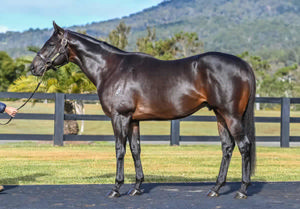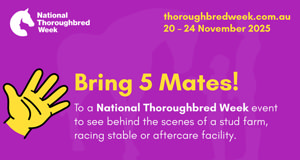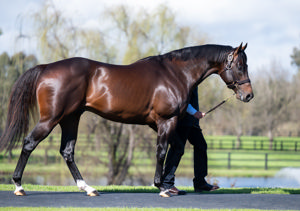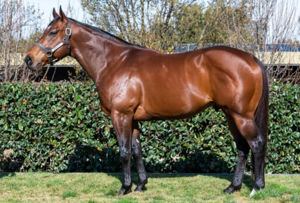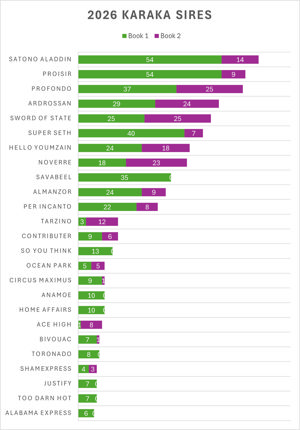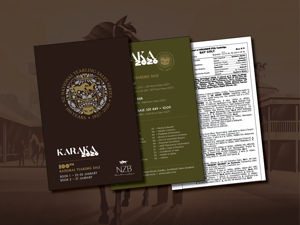Regardless of what type of primary producer we deal with, the importance of establishing the tax deductibility of new fencing is a key area of advice for us.
Fencing is not just a common and recurring expense for primary producers, but it’s costly too! Serious commercial breeders justifiably give huge priority to quality of fencing to maintain their valuable stock.
In a massive win for primary producers, the Government announced immediate 100% tax write-off for new fencing within the 2016 Budget. This new rule allows primary producers to claim an immediate 100% depreciation deduction for capital expenditure on fencing assets in the year in which the expenditure is incurred (i.e., only if the expenditure was first incurred on or after 7.30 pm (AEST) on 12 May 2015).
See my recent article on our www.carrazzo.com.au blog if you need to know what the definition of a “Primary Production” business is.
This concession is available to all primary production businesses, regardless of their scale/turnover.
However, a shock decision (for many) in a recent tax case decided that this fencing write-off was only limited to the construction of new fencing, not to fencing acquired as part of a new property purchase. Many primary producers will be tripped up by this decision, thus for clarity it’s important I walk through this case with you.
- The 100% fencing write-off
In strict technical terms, the immediate deduction applies to capital expenditure incurred on the construction, manufacture, installation or acquisition of a fencing asset, if the expenditure was incurred by a taxpayer for a busines purpose and is primarily and principally for use in a primary production business that they conduct on land in Australia.
Practically speaking, this means a taxpayer cannot claim this 100% fence deduction for expenditure they incur on an asset that is used in another entity’s primary production business, e.g. the 100% deduction does not apply to a farmer who incurs the fencing for acreage that is leased to another farmer to run his/her business.Conversely, a deduction may be claimed by a taxpayer that is a primary producer, even if they are only a lessee of the land.
Additionally, the immediate deduction is not available in certain circumstances, but of most relevance to the breeding industry is where the fencing asset is (or is a repair, alteration, addition or extension to) a stockyard, pen or portable fence.
The allowable deduction for fencing assets is claimed in the tax year in which the primary producer first incurred the expenditure on the fencing asset. This differs from normal depreciation principles where the claim is only allowed in the tax year when the item of plant is “first used or installed ready for business use”.
A reminder for your tax adviser - where the capital expenditure was incurred by a partnership, any deduction is claimed by the partners in their tax returns rather than as a deduction against the partnership income.
Recently, an Administrative Appeals Tribunal (AAT) decision of AJ & PA McBride Ltd (‘McBride’s case’) considered the application of these fencing write-off rules, the first case ever to do so. In this case, McBride was trying to claim 100% write-off for fencing that was already on the land at purchase, not for fencing erected since acquisition.
- Only “new fencing” eligible for write-off
Specifically, the AAT held that the words ‘construction, manufacture, installation’ associated with the word ‘acquisition’ in the rules involved a fence coming into existence on the land, rather than a taxpayer simply acquiring a pre-existing fence as part of a transfer of land.
In other words, the meaning of the word ‘acquisition’ was confined to an acquisition of a new fence (i.e., separate from the purchase of the original farmland).
This decision should have caused no great surprise to advisers as it largely reflects similar logic adopted by the ATO in its earlier determination in relation to water facility assets.
- Background to McBride’s case
The relevant facts of McBride’s case were as follows:
- The taxpayer was a company engaged in primary production activities.
- McBride Yudnapinna Pty Ltd purchased a sheep station (i.e. Yudnapinna Station) in South Australia incorporating 99 paddocks over 2,243 square kilometres and approximately 816 kilometres of pre-existing fencing assets.
- The contract (dated 24 November 2015 and settled in April 2016) stipulated that the land was sold together with all improvements and fixtures. The settlement statement attributed various components of the total purchase price between land, plant and livestock.
The apportionment was not so detailed as to have reflected a specific separate amount payable with respect to the fencing assets.
- McBride sought a private binding ruling (‘PBR’) to the effect that the new fencing write-off rules authorised it to claim a deduction in respect of an amount described as the “fencing portion of the purchase price” of the sheep station. A value of $2,736,000 was attributed to the 816 kilometres of pre-existing fencing assets.
- The ATO considered the taxpayer’s PBR application and ruled that the taxpayer was not entitled to an immediate deduction for the pre-existing fencing assets.
- The company objected against its assessment for the 2016 income year (which did not include any claim for the pre-existing fencing assets). This objection was disallowed by the ATO, leading to the taxpayer lodging an appeal with the AAT.
- Issue before the Tribunal
The issue for determination by the AAT was simply whether the McBride was entitled to immediately deduct a component of the purchase price paid for the acquisition of a sheep station that was ascribed to the fencing assets that had been acquired together with underlying land.
Specifically, the ATO argued that:
“The object of encouraging investment in fencing assets on Australian agricultural land would not be achieved by allowing accelerated depreciation in respect of an acquisition of land having pre-existing fencing assets
Therefore ..The phrase ‘construction, manufacture, installation or acquisition of the fencing asset’ is a compound phrase such that acquisition should be giving a meaning according to its context and in particular its immediate positioning adjacent to ‘construction, manufacture, installation.”
- The AAT’s decision in McBride’s case
The AAT ruled in favour of the ATO, finding that McBride was not entitled to immediately deduct the cost of pre-existing fencing assets (i.e., present at the time of the sheep station purchase).
This decision was primarily based on the Parliamentary intention of these new fencing write-off rules. The Tribunal concluded that the purpose of these specific depreciation provisions in relation to fencing assets was to:
“encourage capital expenditure on assets likely to improve the drought-preparedness, profitability and productivity of the Australian agriculture sector.”
- The implications of McBride’s case
McBride’s case has determined (at least at the AAT level) that taxpayers, otherwise eligible for an immediate fencing deduction, will not be entitled to claim such a deduction where the fencing assets are acquired as part of the acquisition of the underlying property.
This conclusion is on the basis that the taxpayer was not considered to have incurred capital expenditure on the construction, manufacture, installation or acquisition of the fencing asset considering the legislative purpose of the relevant provisions.
As a result, adopting the Tribunal’s “contextual and purposive approach”, the meaning of the word ‘acquisition’ is confined to an acquisition of a new fence.
Indeed, the taxpayer in McBride’s case had also incurred expenditure in relation to additional fencing assets after settlement and had been permitted to claim an immediate deduction under the new write-off rules in relation to these costs.
Please don’t hesitate to contact the writer if you wish for me to clarify or expand on any of the matters raised in this article.
Prepared by:
PAUL CARRAZZO CA
CARRAZZO CONSULTING PTY LTD
801 Glenferrie Road, Hawthorn, VIC, 3122
TEL: (03) 9982 1000
FAX: (03) 9329 8355
MOB: 0417 549 347
E-mail: paul.carrazzo@carrazzo.com.au
Web: www.carrazzo.com.au



